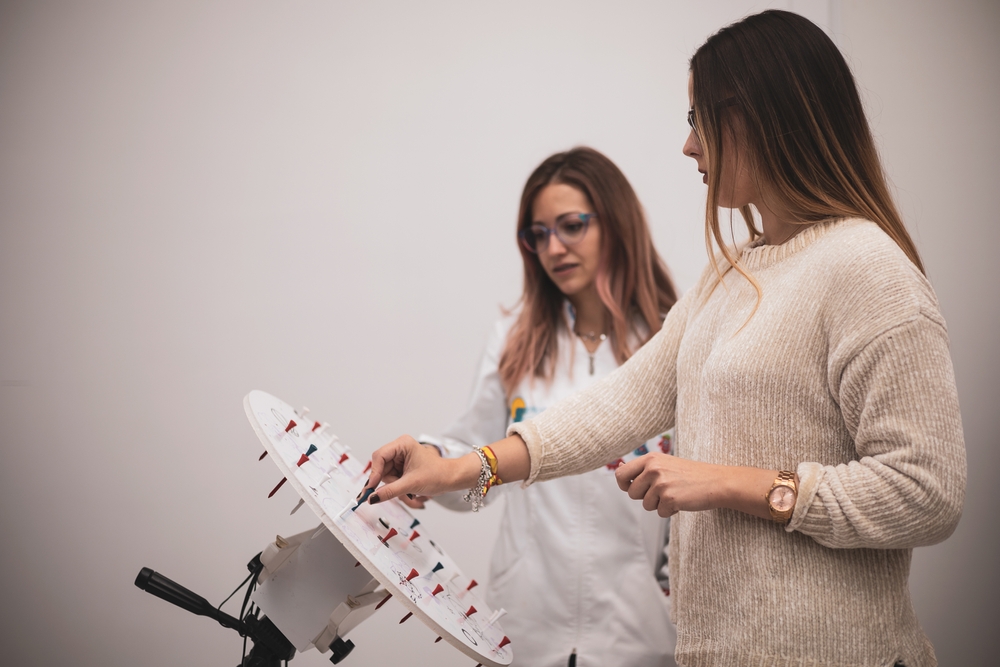
Your child's vision is a crucial component of their overall learning and development. Vision encompasses more than just the ability to see clearly; it also involves the way the eyes and brain work together to process visual information. When there are issues with this visual processing, it can lead to various learning-related problems.
Visual skills such as eye tracking, eye-hand coordination, and binocular vision (the ability to use both eyes together) are essential for tasks like reading, writing, and spatial awareness. If these skills are not functioning properly, your child may struggle with activities that are essential for academic success.
The Impact of Vision Problems on Learning and Development
Vision problems can have a profound impact on a child's learning and development. Some common issues that can arise include:
- Difficulty with Reading and Comprehension: Children with vision problems may have trouble focusing on the page, tracking words, or understanding what they've read.
- Poor Hand-Eye Coordination: Challenges with eye-hand coordination can make it difficult for children to perform tasks like writing, catching a ball, or navigating their environment.
- Attention and Behavioral Issues: Vision problems can lead to headaches, eye strain, and fatigue, which can contribute to attention difficulties and behavioral problems in the classroom.
- Spatial Awareness and Depth Perception Challenges: Difficulties with depth perception and spatial awareness can impact a child's ability to navigate their surroundings and participate in physical activities.
These learning-related vision problems can have a significant impact on a child's academic performance, social development, and overall well-being. Understanding the connection between vision and learning is the first step in addressing these issues.
Common Eye Conditions That Can Cause Learning-Related Problems
Several eye conditions can contribute to learning-related vision problems. Some of the most common include:
- Refractive Errors: Nearsightedness (myopia), farsightedness (hyperopia), and astigmatism can make it difficult for children to see clearly, which can impact their ability to read, write, and participate in classroom activities.
- Binocular Vision Disorders: Issues with eye teaming, such as convergence insufficiency (the inability to keep the eyes pointed at the same object) or strabismus (misaligned eyes), can make it challenging for children to focus and process visual information.
- Eye Tracking Difficulties: Problems with eye movements, such as saccadic dysfunction (difficulty with quick, precise eye movements) or pursuits (difficulty with smooth, continuous eye movements), can make it hard for children to follow along during reading or other visual tasks.
- Visual Processing Disorders: Challenges with visual perception, visual-motor integration, or visual memory can make it difficult for children to interpret and respond to visual information effectively.
These eye conditions can often go undetected or be misdiagnosed, leading to frustration and underperformance in the classroom. Addressing these issues through comprehensive eye exams and targeted vision therapy is crucial for helping children reach their full potential.
Exploring Vision Therapy as a Solution
Vision therapy is a highly effective, non-invasive treatment approach that can address a wide range of learning-related vision problems. It involves a series of customized exercises and activities designed to improve the way the eyes and brain work together.
During vision therapy, your child will work with an optometrist or trained vision therapist to develop and strengthen the specific visual skills they need to succeed in the classroom and in life. This can include exercises to improve eye tracking, binocular vision, visual processing, and more.
How Vision Therapy Addresses Learning-Related Vision Problems
Vision therapy is a game-changer for children with learning-related vision problems. By targeting the root causes of these issues, vision therapy exercises can enhance eye tracking, focusing, and visual processing skills, making it easier for children to read fluently and understand what they've read. Targeted activities can also improve eye-hand coordination, which can benefit a wide range of tasks, from writing to sports. By reducing eye strain and fatigue, vision therapy can help children stay focused and engaged in the classroom and physical activities.
The results of vision therapy can be truly transformative, helping children overcome learning-related vision problems and unlock their full potential.
Why Choose New Horizons Vision Therapy Center for Your Child's Vision Therapy
At New Horizons Vision Therapy Center, we are dedicated to providing comprehensive, personalized vision therapy services to help children with learning-related vision problems. Our team has extensive experience in working with children, and we use the latest evidence-based techniques to ensure the best possible outcomes.
We believe that every child is unique, which is why we develop personalized treatment plans that address each child's specific visual needs. We work closely with parents to ensure a holistic, coordinated approach to your child's care. We also create a nurturing, supportive environment where children can feel comfortable and motivated to succeed.
Take the first step in addressing your child's learning-related vision problems by scheduling a consultation with New Horizons Vision Therapy Center. Contact us to learn more about our personalized vision therapy services and how we can help your child thrive. We invite you to visit our office in Waunakee, or Waukesha, Wisconsin. Please call (608) 849-4040 to book an appointment today.





